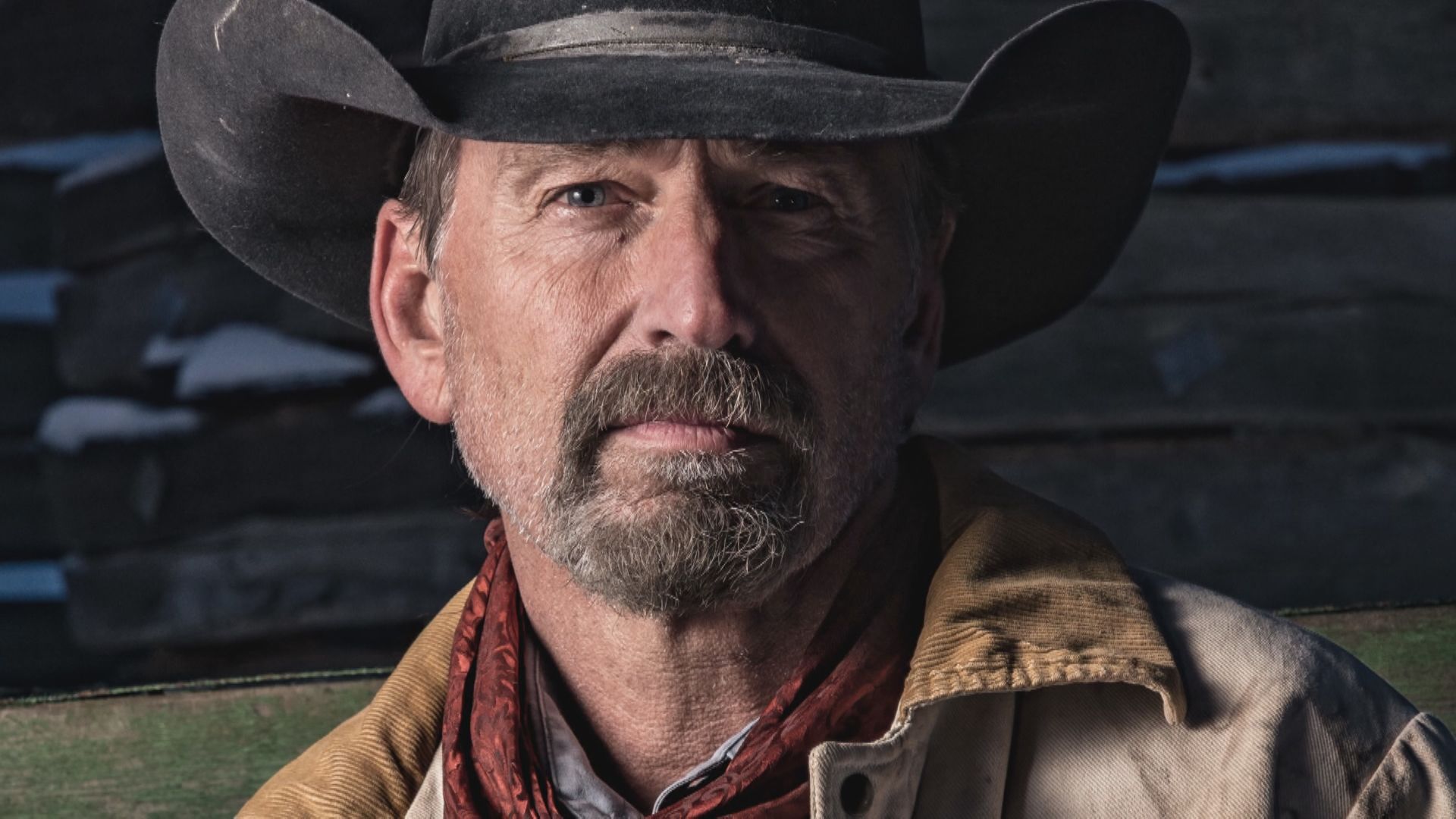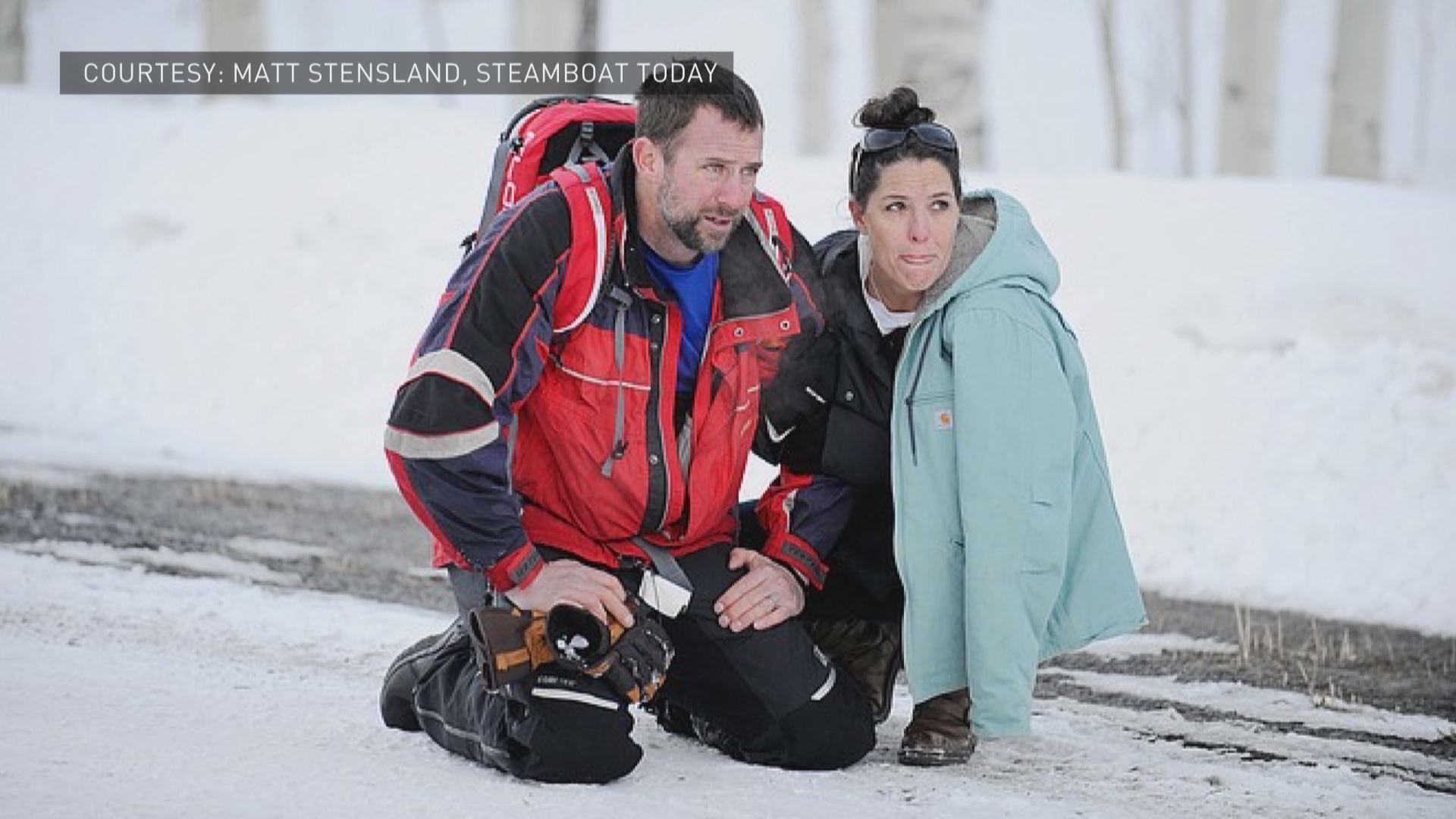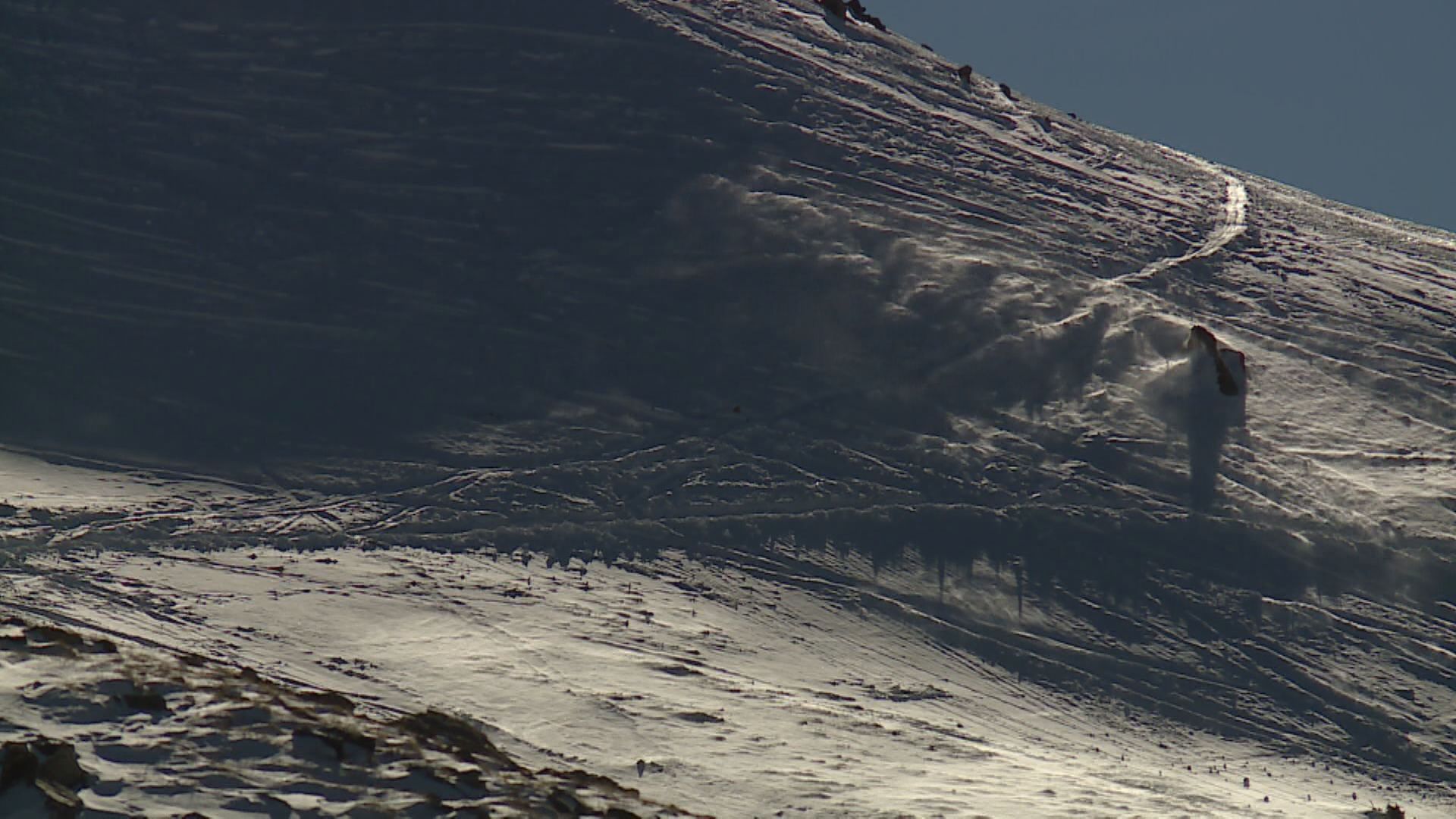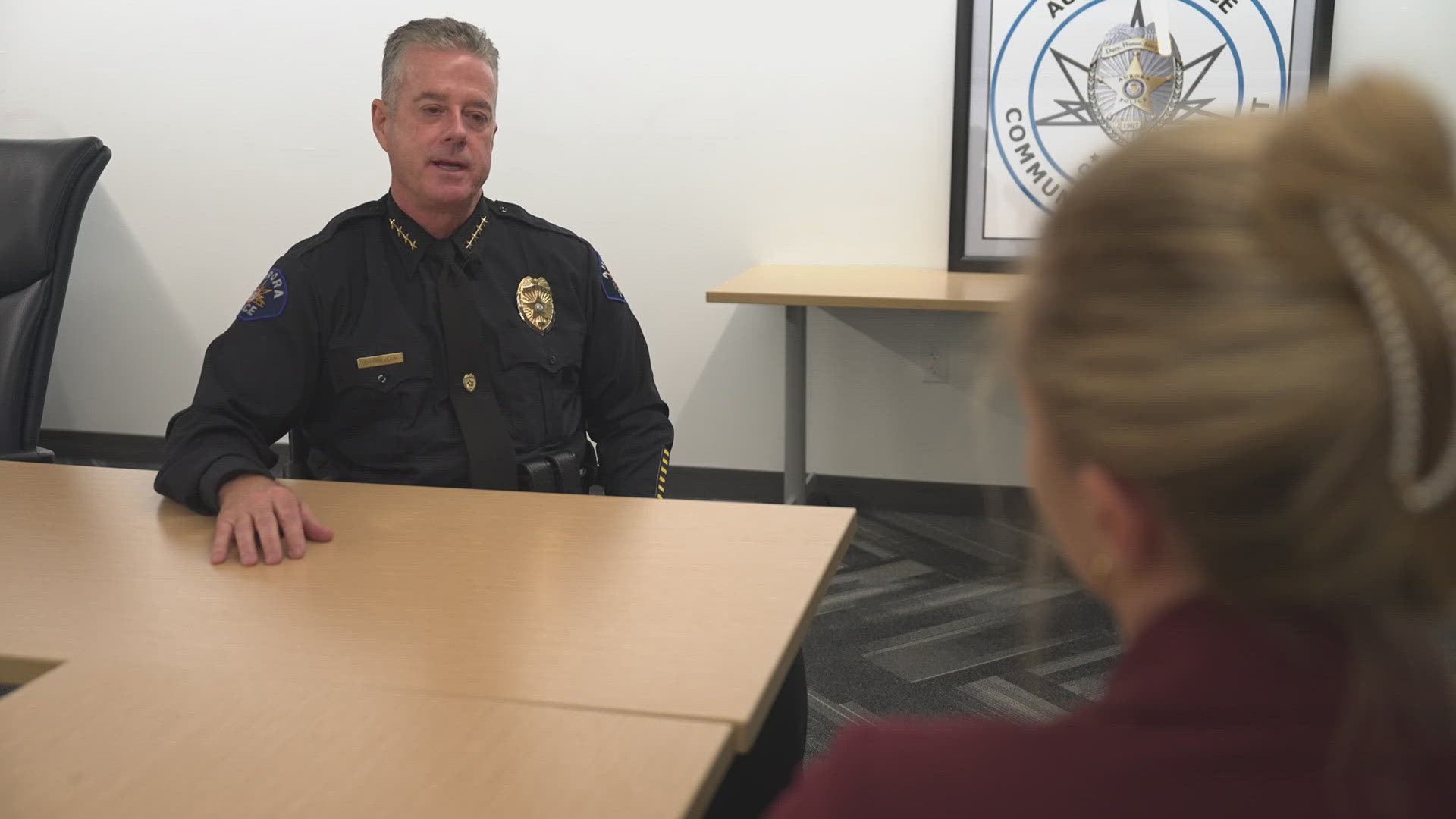The Colorado Avalanche Information Center says five to six people are killed by avalanches in Colorado every year -- more than any other state.
Last snow season, Colorado only had one avalanche fatality. That's the first time in 20 years there hasn't been more than one avalanche death in Colorado.
Last season’s fatality occurred in the Flat Tops on Feb. 14. That man -- Jesse Christensen -- was a friend, a father and a husband.

Jesse’s best friend, Sean Searle, was with him on that day and wanted to share his experience in hopes no one else will have to feel the pain of losing someone to an avalanche.
The CAIC promotes a program along with other avalanche centers called Know Before You Go.
Here's how the lessons learned by Searle, in his horrific avalanche experience earlier this year, fall in line with this program.
1. Get the Gear
CAIC TIPS: Have a beacon, shovel and probe with you at all times in the winter backcountry.
Also carry your gear on your body, with the beacon turned on. They also say that you should consider carrying an inflatable air bag to help prevent getting buried in an avalanche.
SEAN'S LESSON: Make sure you gear is working properly, and that your beacon has charged batteries before you leave the parking lot, and do a test to make sure the beacon is working. Also check your airbag to make sure all the parts are attached.
Sean says that both he and Jesse had all the gear, including airbags. Sean’s airbag failed to inflate.
He says that a locking clip was not attached, so the air came out of the compressor, but never reached the bag because the hose was not attached. He believes a water bottle or something else he was storing in that pack knocked the locking clip off of the hose while he was riding earlier in the day.

2. Get the Training
CAIC TIPS: Take some kind of basic avalanche class if you plan to tour the winter backcountry. This will teach you the different types of avalanches, how the snow packs onto a slope, how weather changes avalanche conditions and how to rescue people that get buried in an avalanche.
SEAN'S LESSON: He says he is planning to take his AIARE Level 1 avalanche class this year. He says that in retrospect, there were signs of unstable snowpack in the area that day that could have warned them of impending tragedy. He says if he had taken an avalanche class, he could have recognized there was a slab underneath the packed snow that they did not suspect as trouble.
3. Get the Forecast
CAIC TIPS: The CAIC puts out a daily forecast listing snowpack problems and weather conditions for all the different zones in the Colorado backcountry. They say to research the area that you're going to so you can identify terrain trouble before you go. They also say to have a riding plan before you head out, with objectives and restrictions that everyone in your party agrees with.

SEAN'S LESSON: He says they read recent CAIC forecasts, but the mistake they made that day was underestimating their terrain. It was a warm, sunny day with no new recent snow. That is why they say they decided to go on a leisurely snow bike ride, instead of hitting bigger terrain on their snowmobiles. Sean said they didn’t have the same mindframe that day, as compared to a powder day they would “go big.” He says everybody should prepare for the worst case scenario the same way every day. No matter what the terrain is, or what the weather conditions are, or what type of riding you're doing.
They were also in what he called exploration mode. They were in new terrain they were not familiar with, so they were not familiar with where the dangerous terrain was in that area. Sean also said they didn’t really have a plan. If they agreed to meet up with each other before traversing underneath steeper slopes, then they could have had line of sight on each other when the slide was triggered.
4. Get the Picture
CAIC TIPS: Always be observant while riding in the backcountry. Note if there is any recent avalanche activity. Take in how the snow, wind and temperature is changing, or if there is any cracking or collapsing snow. Note whether the conditions you're seeing matches the CAIC forecast. Test slopes to see how the snowpack is reacting to your load. They also say to discuss conditions with everyone else in your party, and speak up if you are uncomfortable about something.
SEAN'S LESSON: He said there were little slabs broken away, underneath some cornices in the area, but he had seen small cornice breaks before and just thought that was all it was, but it could have been areas of a larger slab that were breaking away.
5. Get Out of Harm's Way
CAIC TIPS: Cross or ride suspect slopes one at a time and maintain voice and visual contact with everyone in your party.
SEAN'S LESSON: He said they were not expecting to encounter any dangerous slopes on that day, so they were not in contact with each other at all times. He said there were a lot of trees in the area, with a lot of different path options, so they were not following in the same paths.

If they were more familiar with these five points in the Know Before You Go program, they may have been able to recognize that slope as dangerous terrain before crossing. They could have stopped and met up with each other to discuss a plan to continue. And if they did still decide to continue across that section, they could have went one at a time, while maintaining visual contact. In that case, if the snow slipped, Sean would have had a better idea where is the debris field his friend was located.
The CAIC says there are a lot of factors involved in avalanche survival, but these steps increase your odds of avoiding dangerous situations, and having the gear increases your chance of survival if you are unfortunately involved in an avalanche.


